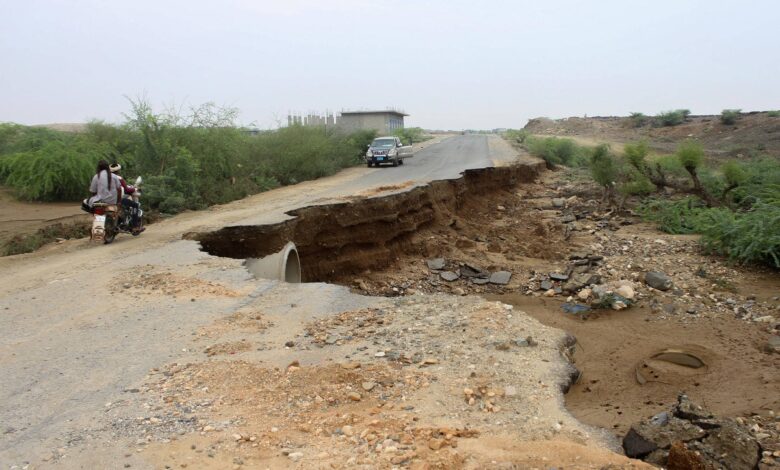
It is claimed that over 24 people are still missing in Yemen due to the floods resulting from the continued downpour, which has increased vulnerability to waterborne diseases, as stated by the authorities. They occurred mainly in al-Mahwit province, which is to the west of the capital city, Sanaa, and is dominated by the Iran-backed Houthi group.
Floods washed away seven houses in the Milhan district, while landslides affected residents in the same areas. Roads were also reported to have been washed away. Three dams in the area have been reported to have burst because of constant rain.
Emergency operations are now being carried out, and ambulances from other regions of al-Mahwit and Hodeidah have been sent to the scene. The western zones of Yemen are exposed to heavy seasonal rainfalls, and since the end of July, due to flash floods, 60 people have died, and about 268,000 people have been impacted, as reported by the UN.
The western and central provinces are currently under warnings by the World Health Organization, which has forecasted even more rainfall throughout the subsequent months with the possibility of crossing 300mm (12 inches). This is potentially so because reports show that suspected cholera cases are already being recorded in a clinic in Hais; its staff is being overburdened by increased admissions of patients presenting with diarrhea.
The UN has reported around 164000 suspected cholera cases in Yemen, and this may go up to around 250,000 in the near future. The IOM has noted that due to the floods, cholera has become more threatening, as those people are exposed to more humanitarian challenges since the onset of conflict a decade ago and declining healthcare elements. In response to this emergency, $4. 9 million has been requested to cope with the situation, which is continuously rising.



